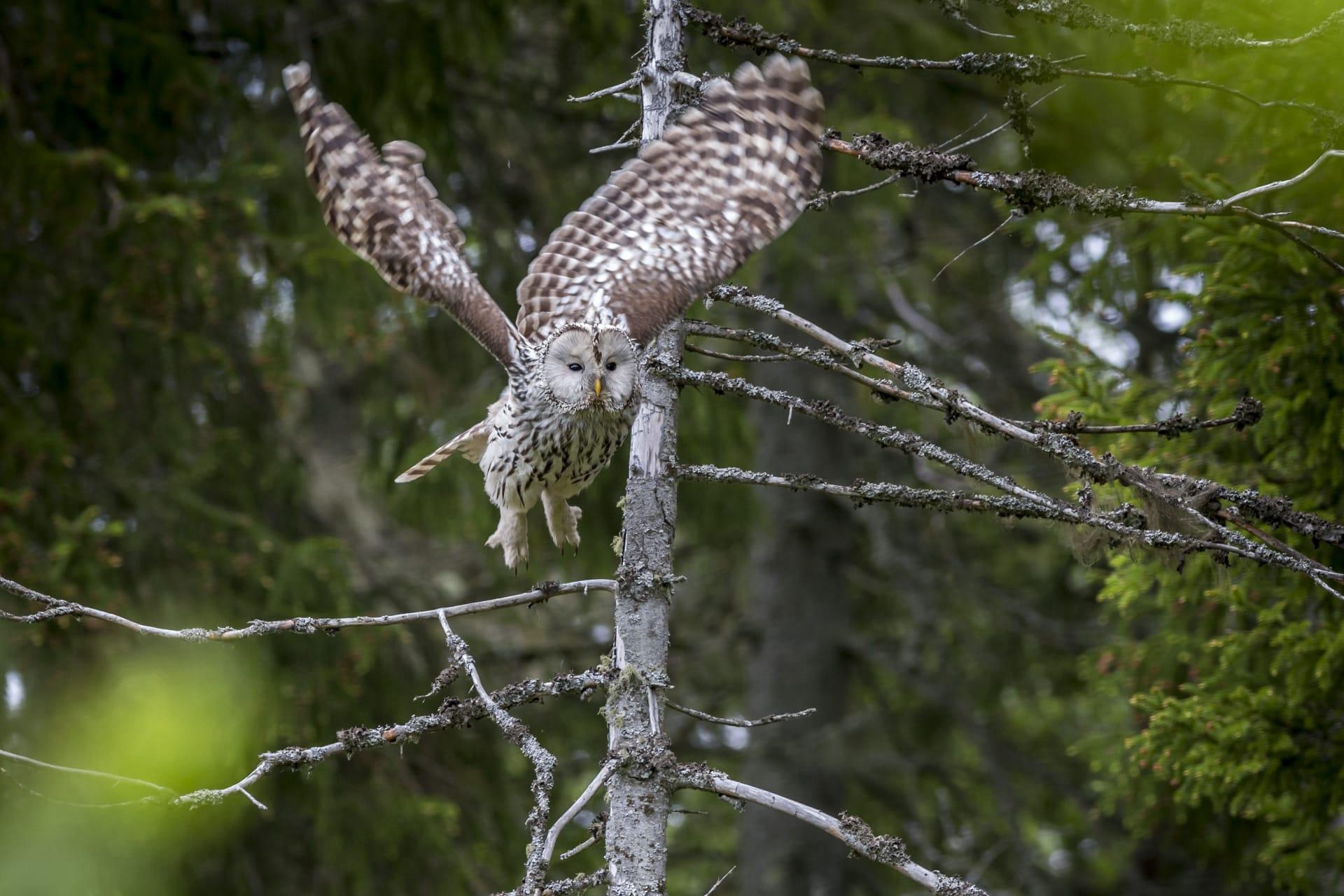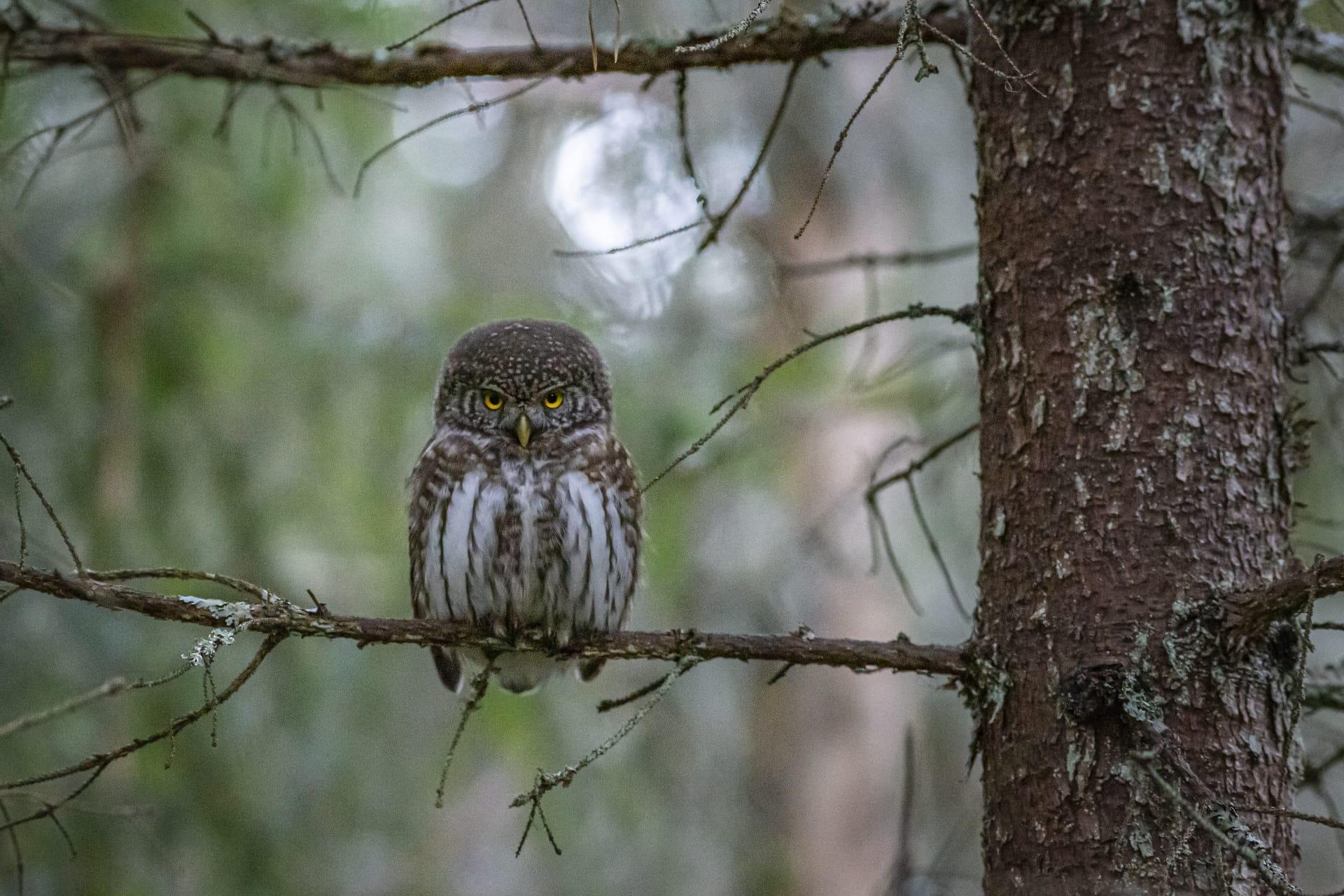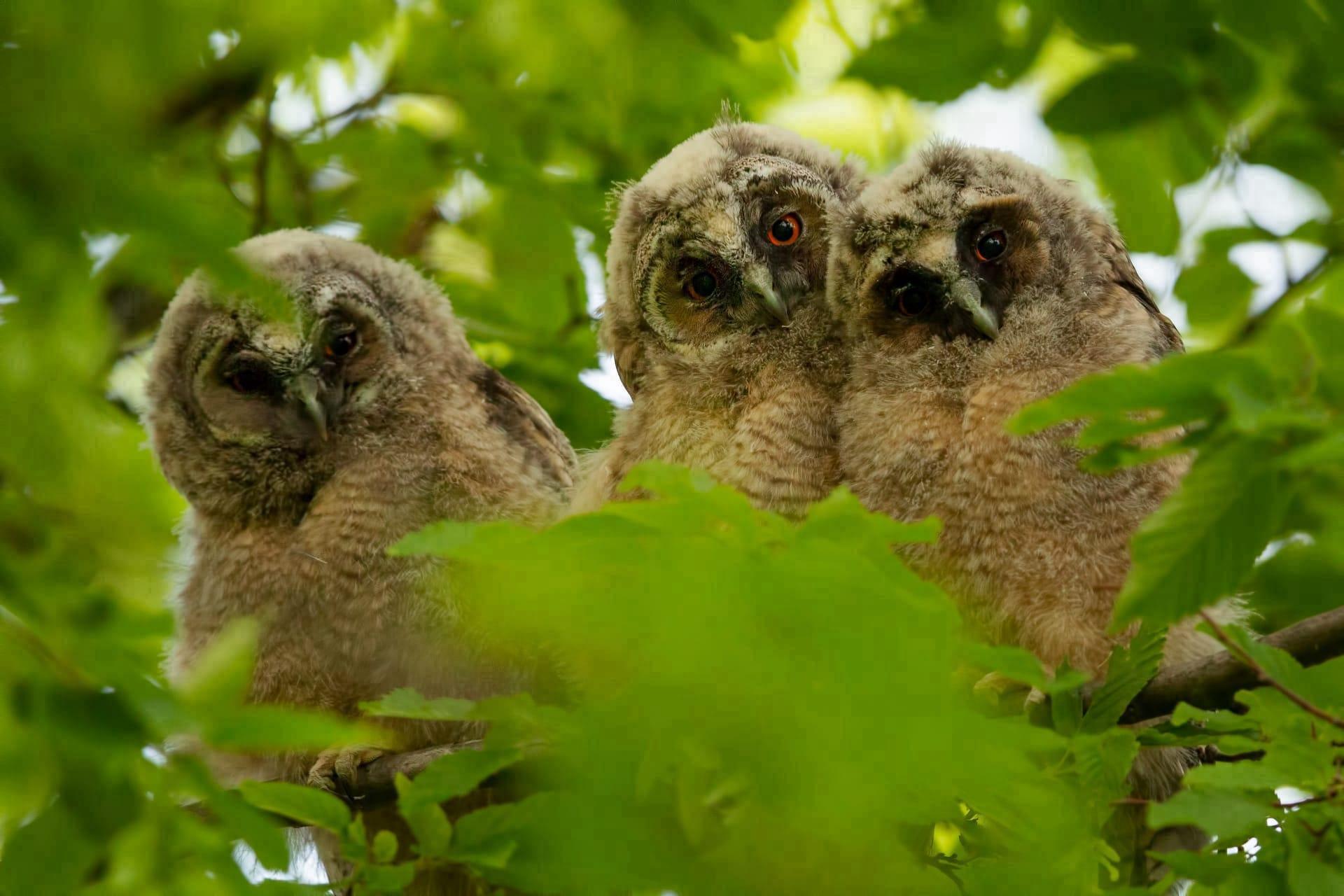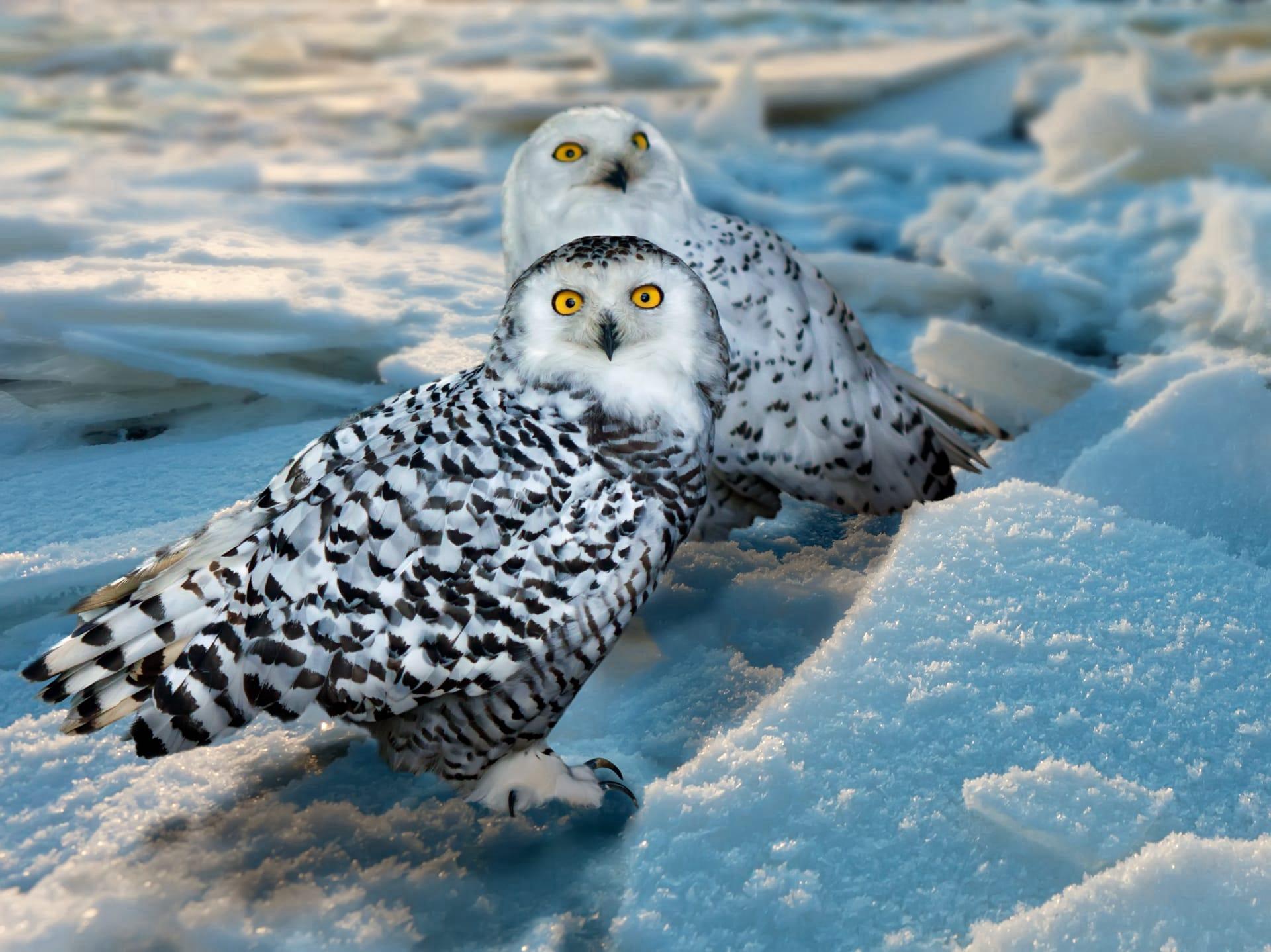Owl Trivia
- Home /
- Trivia Question /
- Animal /
- Owl Trivia
1
Question: How far can an owl turn its head?
Answer: Owls are famous for their impressive head-turning ability. They can rotate their heads up to 270 degrees in either direction. This is possible because of their unique bone structure. Owls have 14 neck vertebrae compared to humans' 7, allowing for greater flexibility. This adaptation is crucial for their hunting strategy, as their eyes are fixed in their sockets and cannot move like human eyes.
Question: What is the main diet of owls?
Answer: Owls primarily feast on a diet of small mammals, insects, and other birds. The specifics can vary by species and habitat. For instance, the Barn Owl typically consumes rodents like mice and voles, while larger species like the Eagle Owl may even hunt small foxes and hares. Owls hunt mostly at night, using their excellent hearing and night vision to locate prey. Interestingly, after eating, owls regurgitate "pellets" composed of indigestible parts like fur and bones.

2
Question: Can owls turn their eyes?
Answer: Contrary to popular belief, owls cannot move their eyes within their sockets. Their eyes are tube-shaped and fixed, providing binocular vision which enhances depth perception necessary for hunting. This limitation is why the ability to rotate their heads is vital for their field of vision. Instead of moving their eyes, owls adjust their entire head to change their view.
Question: Do all owls hoot?
Answer: Not all owls hoot. While hooting is common among many species like the Great Horned Owl, different species have a variety of vocalizations. For instance, the Barn Owl emits a spine-chilling screech, and the Eastern Screech-Owl produces a range of whinnying and trilling sounds. The diversity in their calls is used for communicating across territories, mating calls, and signaling danger.

3
Question: How do owls fly so silently?
Answer: Owls have specialized flight feathers that enable silent flight, essential for hunting. The leading edge of their wing feathers have a serrated design, reducing turbulence and noise. Additionally, the velvety texture of their feathers absorbs sound frequencies produced during flight. This adaptation makes their hunting more efficient, as they can swoop down on prey without being detected.
Question: How long do owls live?
Answer: The lifespan of owls varies significantly among species. In the wild, smaller species like the Eastern Screech-Owl can live up to 8 years, while larger species such as the Great Horned Owl may live up to 13 years. In captivity, with the absence of predators and access to regular food, some owls can live over 30 years. Factors like habitat, diet, and predation greatly influence their lifespan in the wild.

4
Question: Are owls found in all parts of the world?
Answer: Owls are incredibly adaptable and are found on every continent except Antarctica. They inhabit a wide range of environments, from dense forests to arid deserts. However, their distribution and species diversity vary greatly depending on the region. For example, the Arctic regions are home to the Snowy Owl, while tropical forests may house species like the Spectacled Owl.
Question: Do owls have good eyesight during the day?
Answer: While owls are renowned for their night vision, most species also have good eyesight during the day. Their eyes are adapted for low light conditions, but this doesn't mean they're blind or ineffective during daylight. However, bright sunlight can be uncomfortable for some species, which is why many are nocturnal or crepuscular (active during twilight).

5
Question: Why do owls have such large eyes?
Answer: Owls have large eyes to enhance their ability to see in low light conditions. Their eyes are tubular in shape, which allows for a larger retina. This retina is packed with light-sensitive cells called rods, enhancing their night vision. The size and shape of their eyes contribute significantly to their hunting efficiency in dark environments.
Question: Can owls swim?
Answer: Yes, some owl species can swim. This is not common behavior, but there have been instances where owls, particularly the Great Horned Owl, have been observed swimming. This usually happens when an owl is knocked into water by a predator or misjudges a landing. They use a breaststroke-like motion to swim and typically only do so in emergencies, as their feathers are not adapted for regular swimming like water birds.